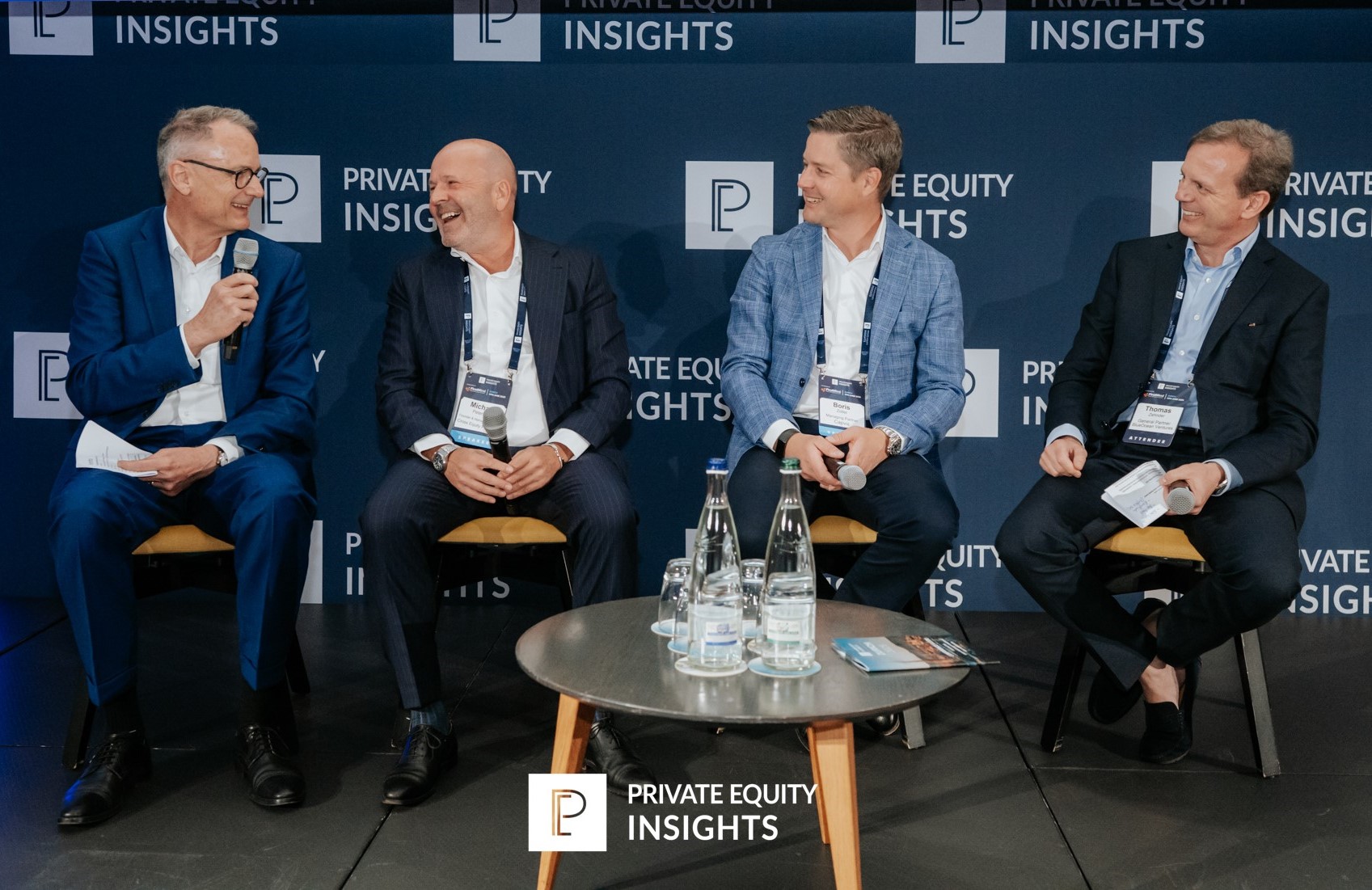
The jury is now in, the Fed has been sleeping at the wheel and the genie is now out of the bottle. The annualized US inflation rate has rapidly risen from 2.6% in the beginning of 2021 to a 40 year high in excess of 8% in April 2022. This has fed into the labour markets to drive a price-wage spiral with firms urgently searching for workers on the back of the “Great Resignation”.
The short and long-term factors driving inflation are diverse and uncorrelated. They include retiring baby-boomers exiting the labour market, a balkanization of global trade, supply chain bottlenecks, artificially depressed nominal and real interest rates, huge fiscal stimulus, covid pandemic supply-side effects and now finally war in Europe with its associated disruption to energy markets. On top of this, the productivity benefits of technology innovation and the Fed’s bond purchases are both starting to flatten. All indicators point to the end of excess liquidity and a re-pricing of bonds and assets. Inevitably higher interest rates will also shift private equity’s calculus.
Bain summarized the impact of these realities: “While the 10-year Treasury yield has dropped from 6.0% in 2000 to around 1.5% today, the average leveraged buyout multiple has jumped to 12.3 times EBITDA from 6.8x in 2000” a nearly 2x increase. Indeed, multiple expansion has played a significant role in PE value creation over the past 20 years.
Higher interest rates will inevitably reduce pressure on LPs to allocate capital to illiquid PE investments and slow the funding flows. This will place more competitive pressure on funds and accelerate the on-going industrialization and polarization of the industry into large multi-asset houses and niche specialists.
For GPs, there will be more pressure to deliver value through operational improvements and innovation in the portfolio. More thought will need to go into buying-right – understanding off-balance sheet risks to the value creation plan implementation. And, for the existing portfolio, the underlying ability of the management and organization to recognize and act on diverse revenue and cost improvement opportunities will be critical.
Entrepreneurial governance, best-practice management processes and an agile culture are the sustainable motors driving operational improvements. No surprise therefore that funds are embracing sophisticated tools to accelerate talent development at this inflection point.
This article was originally published as the Humatica Corner in Real Deals magazine.

Resilience isn’t a buzzword anymore—it’s the make-or-break factor for portfolio companies navigating today’s volatility. That was the takeaway from the standout panel at the PE…
Read more
Rightsizing an organization is never easy. But, it is a normal process as firms adapt to changing market requirements. More recently, higher interest rates, AI…
Read more
The promise of AI and turbulence introduced by the Trump tariffs have renewed focus on rightsizing and efficiency improvement as levers for value creation and…
Read moreReceive our news and valuable perspectives on organizational effectiveness each month.